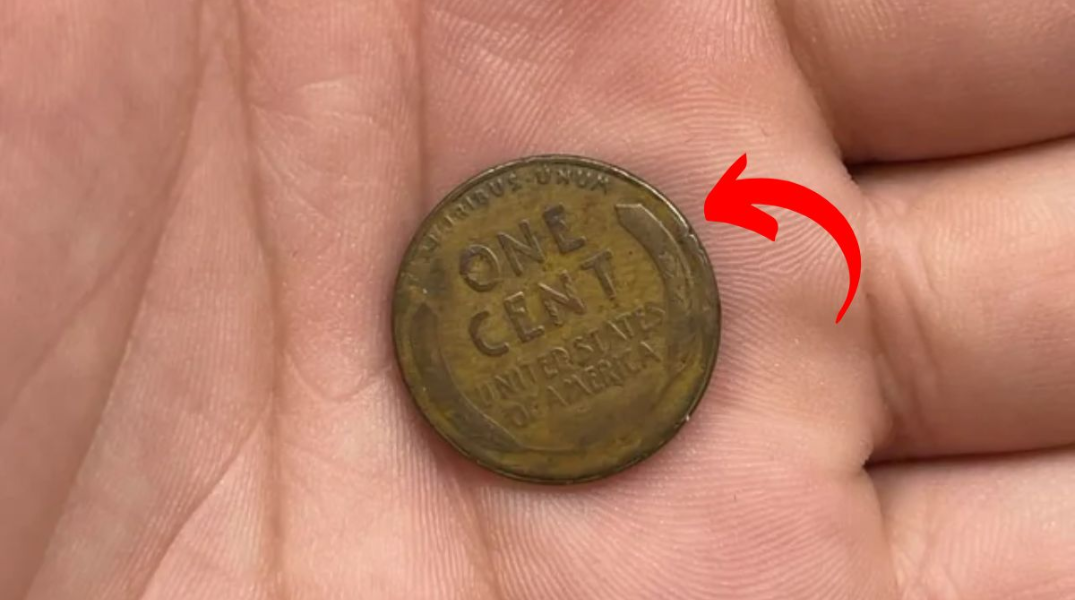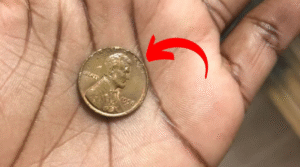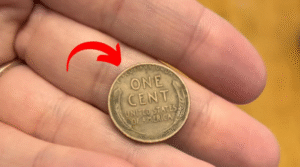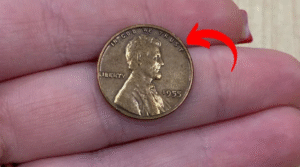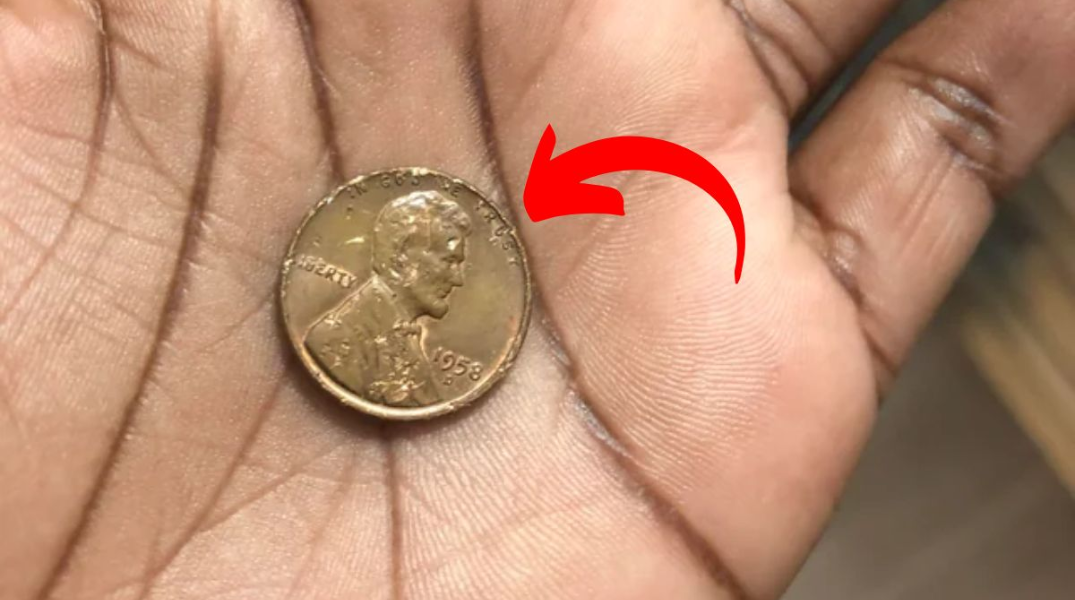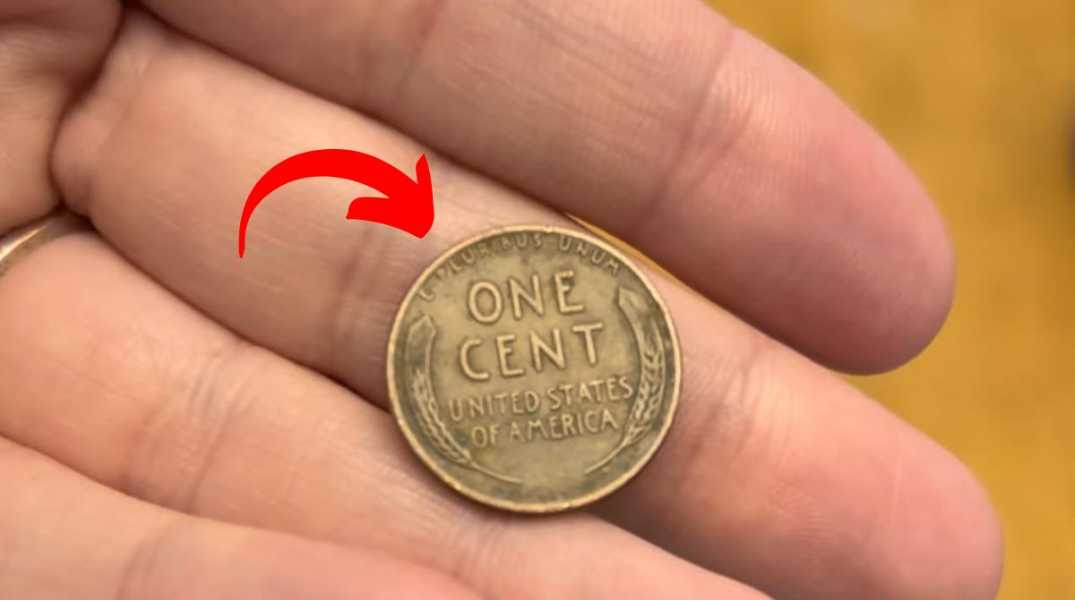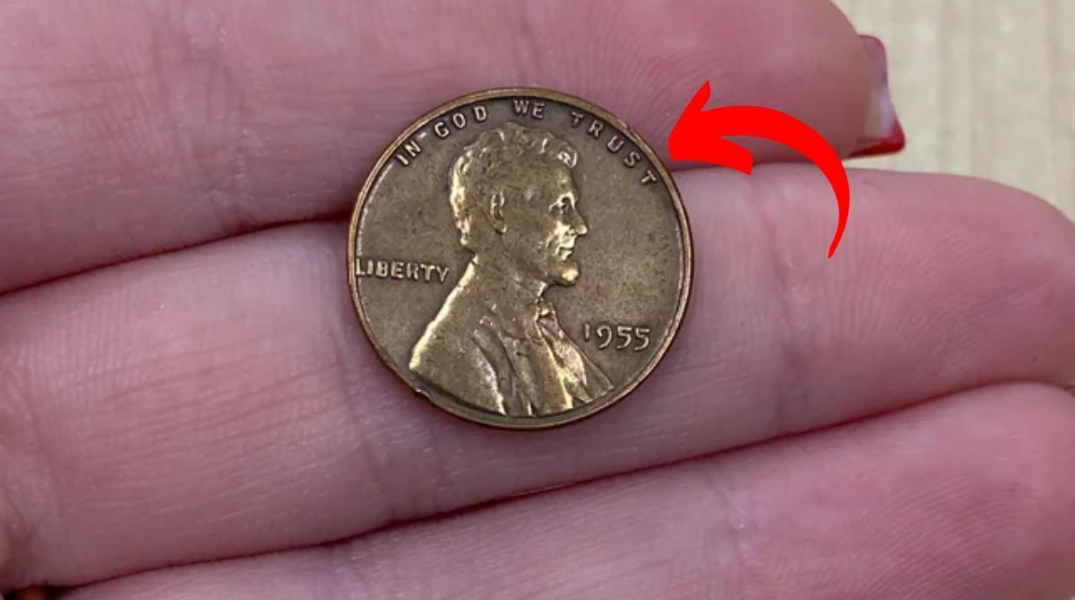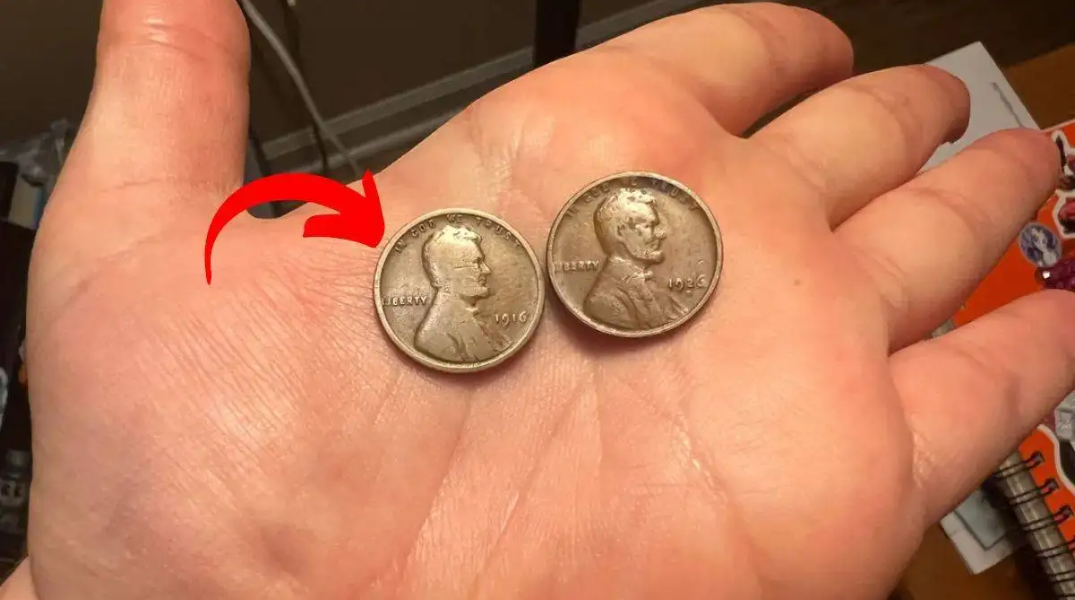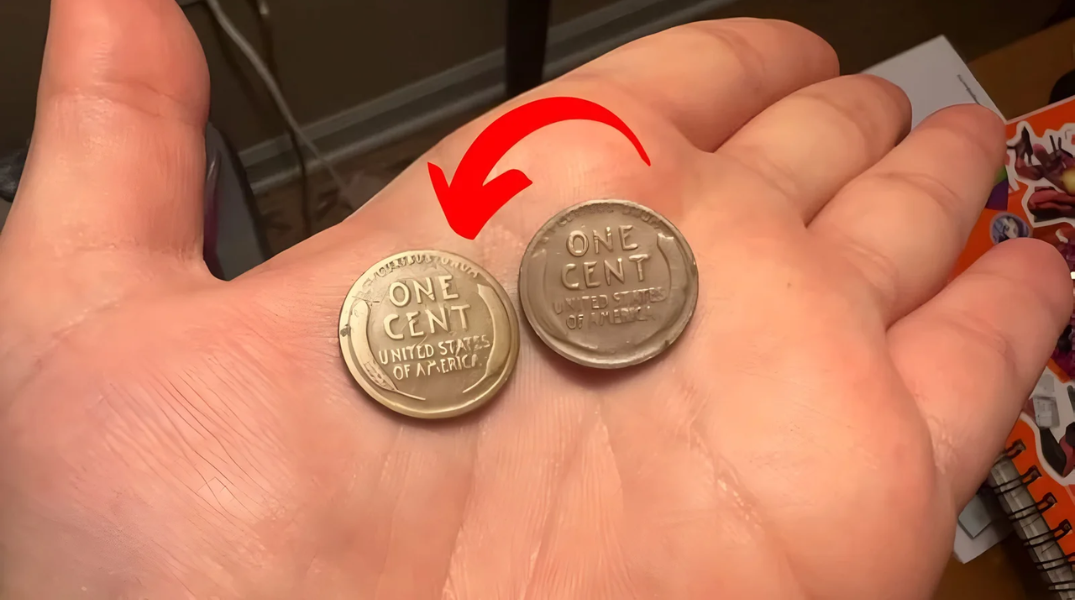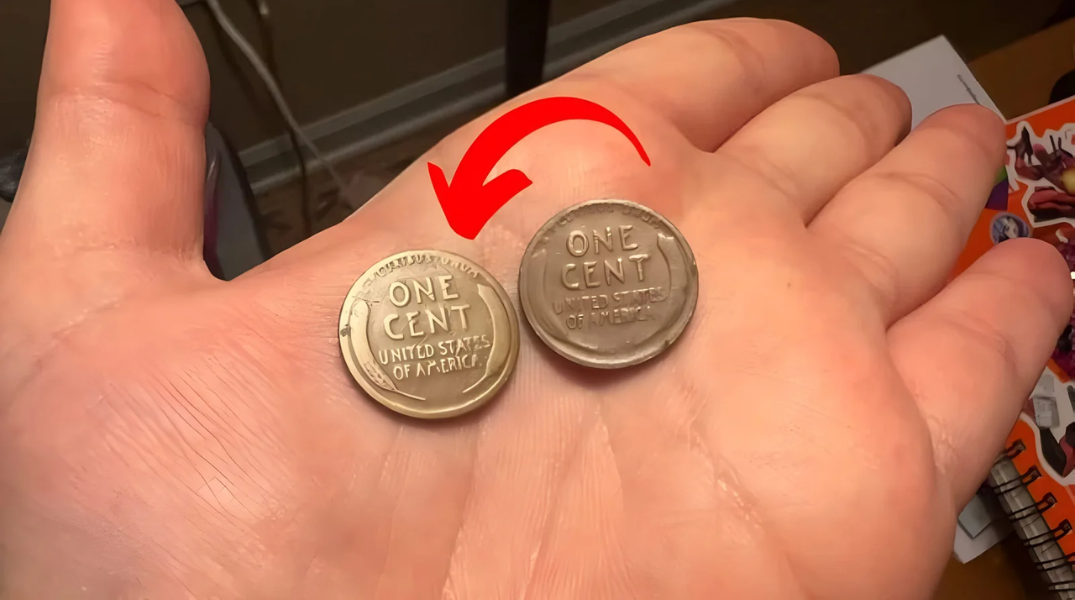Imagine reaching into your pocket for some loose change and discovering a coin that could fetch an astonishing$350K. It sounds like a fantasy, but for some lucky individuals, this dream has become a reality. A rare Lincoln Wheat Penny, potentially still circulating today, can be worth more than most people’s annual salaries. This humble coin, which carries a fascinating historical background and an unexpected value, has captivated collectors and numismatists alike.
The History Behind the Lincoln Wheat Penny
The Lincoln Wheat Penny, minted from 1909 to 1958, holds the honor of being the first U.S. coin to feature a president’s portrait. The front side of the penny showcases Abraham Lincoln’s profile, while the reverse side is decorated with two wheat stalks surrounding the words “ONE CENT” and “UNITED STATES OF AMERICA.” These wheat stalks symbolize national prosperity and agricultural success, which is why the penny earned the nickname “Wheat Penny.” The design remained unchanged for nearly half a century until it was replaced by the Lincoln Memorial design in 1959.
Though the Lincoln Wheat Penny was widely circulated, certain rare variations have emerged as highly valuable, capturing the attention of collectors worldwide. These rare coins highlight the fascinating interplay between historical events, minting errors, and numismatic discoveries.
What Makes Some Lincoln Wheat Pennies Worth Millions?
The eye-watering$350K price tag attached to a single Lincoln Wheat Penny comes from a rare combination of factors that make some specimens exceptionally scarce. The most famous example is the 1943 copper penny, which resulted from a critical minting error during World War II.
In 1943, the U.S. Mint switched from copper to steel for penny production to conserve copper for military uses. However, a small number of copper blanks from 1942 mistakenly ended up in the presses, resulting in a limited number of copper pennies being produced in 1943. With fewer than 20 known to exist, these copper pennies are among the rarest and most valuable coins in U.S. history.
Additionally, the 1909-S VDB penny—featuring the designer’s initials—also holds considerable value, as do pennies with double-die errors. These are coins where the design appears doubled due to misalignment during the minting process.
The Record-Breaking $350K Lincoln Wheat Penny
The coin that fetched an incredible $350K at auction was a near-perfect example of the 1943 copper penny. The piece underwent a rigorous authentication process, including metallurgical testing to confirm it was made of copper and not steel, as well as microscopic examination to ensure it retained its original minting characteristics. The thorough research into the coin’s provenance further verified its authenticity.
Once verified, the coin went to auction, where competitive bidding drove its price to remarkable heights. The sale highlighted the extraordinary demand among collectors for coins with rare and significant historical anomalies. This particular penny set a new record for one of the most expensive coins ever sold in the United States, proving that even seemingly ordinary objects can carry extraordinary value.
How to Spot a Valuable Lincoln Wheat Penny
If you want to embark on your own search for a rare and potentially valuable Lincoln Wheat Penny, here are a few tips to help you identify a gem in the rough:
- Check the Date: The 1943 copper penny is the most valuable, but also look for the 1909-S, 1914-D, and 1931-S, which are relatively rare.
- Look for Mint Marks: Pennies minted in San Francisco (denoted by an “S”) are typically rarer than those from Denver (“D”) or Philadelphia (no mint mark).
- Magnet Test: For 1943 pennies, use a magnet to determine if it’s copper or steel. Steel pennies will stick to the magnet, while copper pennies will not.
- Weight: Copper pennies weigh 3.11 grams, while steel pennies weigh 2.7 grams. This difference in weight can help you identify valuable specimens.
- Examine for Errors: Misprints, such as double-stamped designs or misaligned images, can significantly increase a coin’s value.
Can You Still Find a Million-Dollar Penny Today?
While the odds of finding a $350K penny might seem slim, there’s still hope. Rare Lincoln Wheat Pennies are often hidden in plain sight, circulating in everyday change, tucked away in forgotten coin jars, or buried in inherited collections. Some valuable coins have remained undiscovered for decades, making them even more thrilling to find.
In fact, some recent discoveries have led experts to believe that there are still valuable specimens out there waiting to be found. Whether it’s in a box of old coins or at a garage sale, these treasures could be closer than you think.
FAQs About Lincoln Wheat Pennies
Q1: What makes the 1943 copper penny so valuable?
The 1943 copper penny is valuable because it was minted by mistake. The U.S. Mint switched to steel pennies during World War II, but some copper blanks from 1942 were accidentally used in the presses, creating a small batch of copper pennies. Fewer than 20 of these pennies are known to exist, making them extremely rare.
Q2: How can I tell if a Lincoln Wheat Penny is worth something?
Look for specific dates and mint marks. The 1909-S VDB, 1914-D, and 1931-S are among the rarest. Perform a magnet test on 1943 pennies to check if they are copper (which is more valuable) or steel. Also, look for minting errors, such as double-stamps, which can increase the coin’s value.
Q3: Where can I find rare Lincoln Wheat Pennies?
Rare coins can be found in everyday circulation, old coin jars, estate sales, and even bank rolls of pennies. Keep an eye out for old pennies when sorting through change or visiting antique shops. Sometimes, valuable coins can slip through unnoticed by the untrained eye.
Q4: Can I sell my Lincoln Wheat Penny for millions?
While it’s possible to find a rare Lincoln Wheat Penny, selling one for millions is rare. However, some pennies can fetch a few hundred or even thousands of dollars, depending on their rarity and condition. Have a professional numismatist authenticate and appraise your coin to get the most accurate valuation.
How to Start Your Own Coin Collection
If you’re intrigued by the idea of finding rare pennies, why not start a coin collection? Here’s how:
- Start Small: Begin by examining any pennies you already have, particularly those from before 1959.
- Use Tools: Invest in a magnifying glass or coin loupe to spot fine details like mint marks and potential errors.
- Do Your Research: Familiarize yourself with coin values by reading books or exploring numismatic websites and forums.
- Join a Club: Consider joining a local coin collecting club for tips and guidance from experienced collectors.
- Consult Experts: If you think you’ve found something valuable, have it authenticated by a professional grading service like PCGS or NGC.
Conclusion: The Enduring Allure of Rare Coins
The Lincoln Wheat Penny offers more than just a chance at a financial windfall—it connects us to history in a tangible way. From its creation during a pivotal moment in U.S. history to its continued role in the numismatic world, the Lincoln Wheat Penny remains a fascinating symbol of the past. Whether you’re a seasoned collector or simply someone looking for a hidden treasure, the possibility that a coin in your pocket could be worth millions adds an exciting element to the hunt.
So, the next time you check your change, take a closer look. You just might be holding a piece of history that could be worth more than you ever imagined
